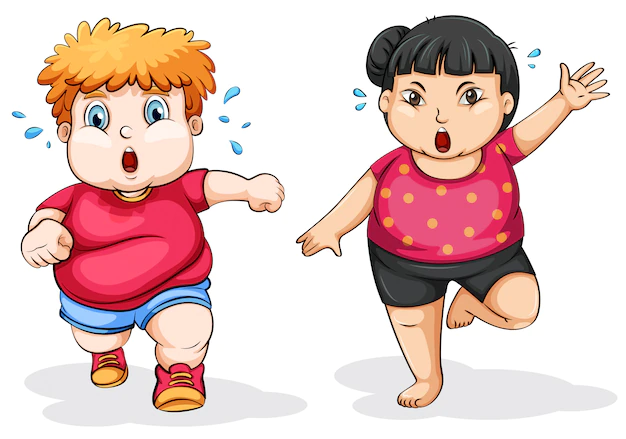Newsletter Subscribe
Enter your email address below and subscribe to our lovely newsletter.
*We do not spam & you can unsubscribe at any time.
Enter your email address below and subscribe to our lovely newsletter.
*We do not spam & you can unsubscribe at any time.

*This post may contain affiliate links. If so, we may earn a small commission when you make a purchase through links on the site. This is at no additional cost to you. Read full disclosures here
Childhood obesity is a growing problem in the Philippines. According to a survey by the Food and Nutrition Research Institute, 31.1% of Filipino children aged 5-10 years old are either overweight or obese. This is a significant increase from the 19.1% recorded in 2013.
The main factors contributing to childhood obesity in the Philippines include poor diet, lack of physical activity, and sedentary lifestyle. Many children consume high-calorie, low-nutrient foods such as fast food and sugary snacks, while also spending more time watching TV, playing video games, and using electronic devices than engaging in physical activity.
The consequences of childhood obesity can be serious, including increased risk of diabetes, heart disease, and other chronic health conditions. In addition, children who are overweight or obese may experience social and emotional problems, such as low self-esteem and depression.
To address this issue, the Philippine government has launched various initiatives such as the “Pinggang Pinoy” campaign, which promotes healthy eating habits and the importance of consuming a balanced meal. The government has also implemented policies such as the “Healthy Food Options in Schools Act,” which requires all schools to sell healthy food and beverages in their canteens.
In conclusion, childhood obesity is a growing problem in the Philippines, and it requires a multi-faceted approach that involves the government, schools, families, and the community to address this issue effectively.
Fast food consumption can have negative effects on children’s health and well-being in the Philippines, just as it does in other parts of the world. Here are some of the potential effects:
To mitigate these negative effects, it is important for parents to limit their children’s consumption of fast food and encourage them to eat a healthy, balanced diet that includes plenty of fruits, vegetables, whole grains, lean protein, and low-fat dairy.
Diabetes is a growing concern in the Philippines, and it affects both adults and children. According to a study conducted by the Philippine Society of Endocrinology, Diabetes, and Metabolism, the prevalence of diabetes in children in the Philippines is increasing. Here are some key points about children’s diabetes in the Philippines:
In conclusion, children’s diabetes is a growing concern in the Philippines, and it requires a multi-faceted approach that involves parents, healthcare providers, schools, and policymakers to address this issue effectively. Early detection, prevention, and management of diabetes are crucial to ensuring the long-term health and well-being of children in the Philippines.
Social media addiction is a growing problem among children in the Philippines, as it is in many parts of the world. Here are some key points about social media addiction among children in the Philippines:
Social media addiction is a growing concern among children in the Philippines, and it requires a multi-faceted approach that involves parents, schools, healthcare providers, and policymakers to address this issue effectively.
Fat is NOT the new sexy!
Save up to 60% using this link

Encrypt your data when online +
Start enjoying UK T.V. from abroad, including:
BBC iPlayer, ITV Hub, Netflix (UK) (USA) and more.